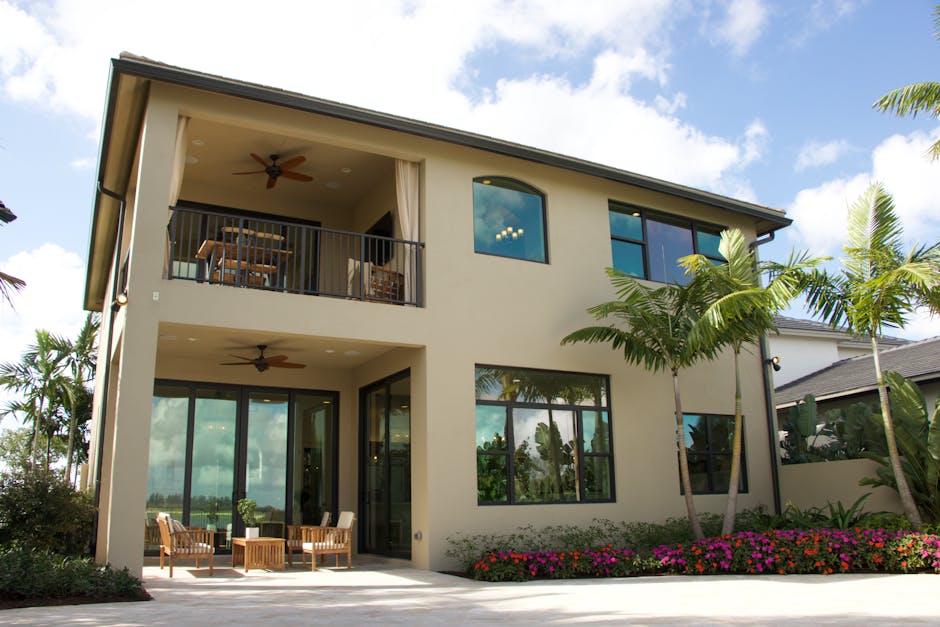A home inspection is always a smart step in the buying process, but in Florida, our tropical climate and weather patterns add a few unique factors that require extra attention. Whether you’re purchasing in Orlando or anywhere across the Sunshine State, understanding these Florida-specific considerations will help you make a confident and informed decision.
Roof Condition: Your First Line of Defense
Florida’s intense sun, heavy rain, and seasonal hurricane threats mean that roofs tend to age faster here than in many other parts of the country. Even a roof that looks fine from the ground may have hidden issues.
What to look for during your inspection:
Signs of lifted, missing, or curling shingles.
Damage from past storms, including punctures or weakened areas.
Proper sealing around vents, skylights, and chimneys to prevent leaks.
Wind mitigation features like hurricane straps, secondary water barriers, and impact-rated shingles. These not only improve storm resistance but can also reduce your homeowners’ insurance premiums.
HVAC Systems: Your Year-Round Lifeline
In Central Florida, your air conditioning system doesn’t get a seasonal break — it works almost all year. That’s why it’s crucial for the inspection to include a thorough HVAC evaluation.
Key things to check:
Cooling efficiency and airflow in every room.
Condition of ductwork (tears or gaps can waste energy and let in moisture).
Age of the unit — many last 10–15 years in Florida before needing replacement.
Proper drainage from the condensate line to prevent water damage.
Tip: Ask for past maintenance records. Regular servicing is a good sign that the system has been well cared for.
Moisture & Mold: Silent but Serious
Florida’s humidity is no joke. Without proper ventilation and sealing, moisture can creep into walls, attics, and crawl spaces, leading to costly mold problems.
During the inspection, ensure the inspector checks:
Around windows, doors, and sliding glass tracks for signs of water intrusion.
Attics for insulation that’s damp or showing mold spots.
Under sinks, behind appliances, and in laundry areas for leaks.
The exterior grading — water should drain away from the home, not toward it.
Even if no mold is visible, a moisture meter can detect high humidity levels inside walls where problems might be brewing.
Pest Concerns: Termites and More
Warm weather means pests are active all year. Termites, in particular, are a common concern in Florida and can cause significant structural damage before they’re even detected.
Make sure your inspection includes:
A WDO (Wood-Destroying Organism) inspection — this is standard in Florida and checks for termites, carpenter ants, and wood rot.
Signs of mud tubes or hollow-sounding wood.
Evidence of past infestations and whether treatment was completed.
Why Florida Experience Matters
Not all inspectors are the same — and in Florida, local experience matters. Someone who has worked extensively in the state will know what specific issues to watch for, how to interpret wind mitigation reports, and what local building codes require.
Bonus tip: If you’re buying a home built before 2002 (when stricter hurricane codes were introduced), pay extra attention to how well the home has been updated for storm safety.
Bottom Line
A Florida home inspection isn’t just about checking off a list — it’s about protecting your investment, your safety, and your comfort in a climate that demands extra care. By choosing an inspector who understands the unique challenges of our weather, you’ll be in the best position to enjoy your new home with peace of mind.


